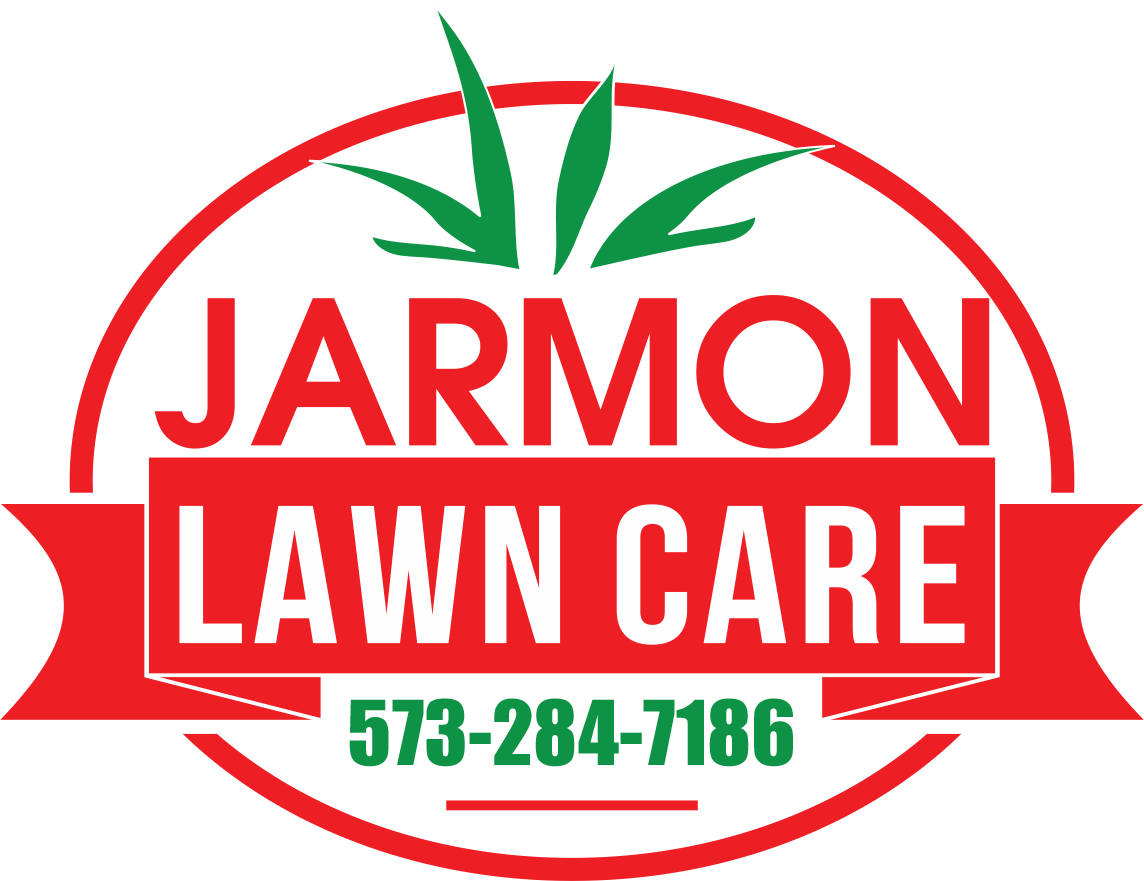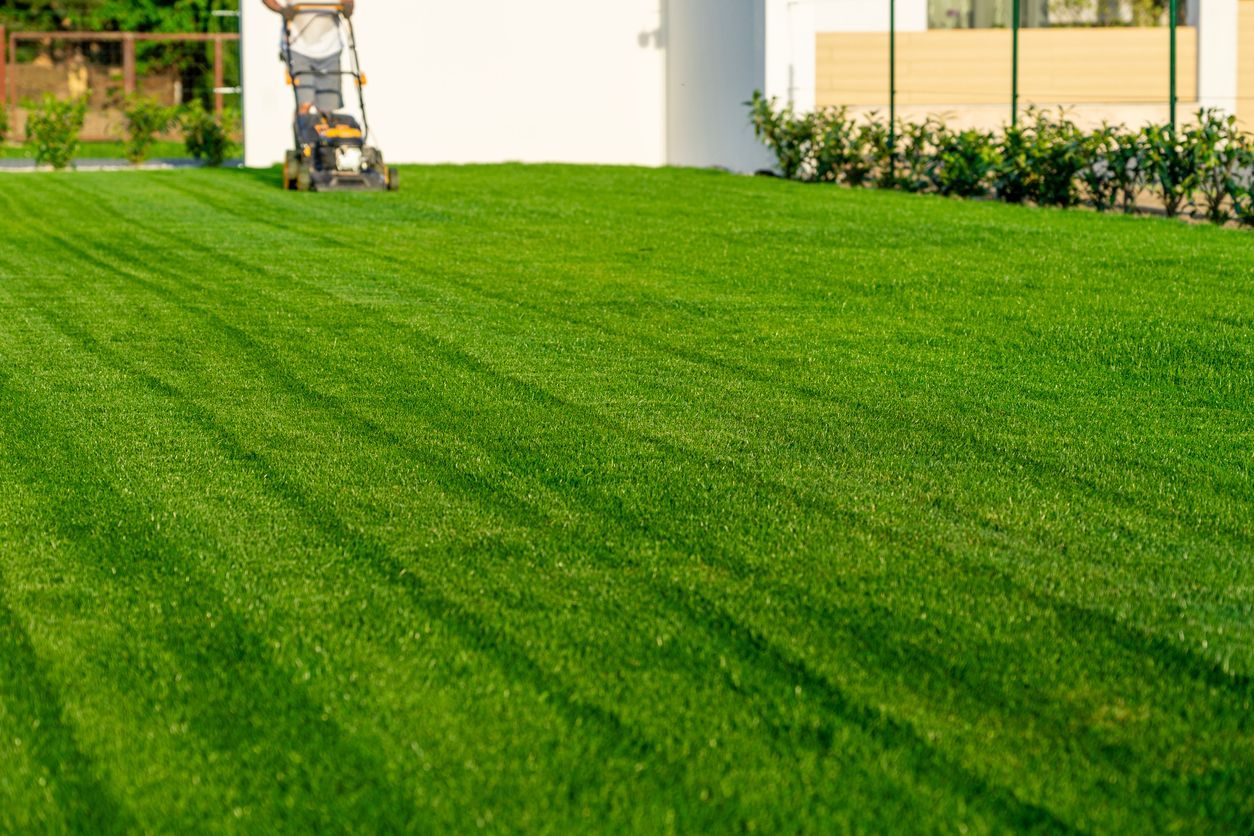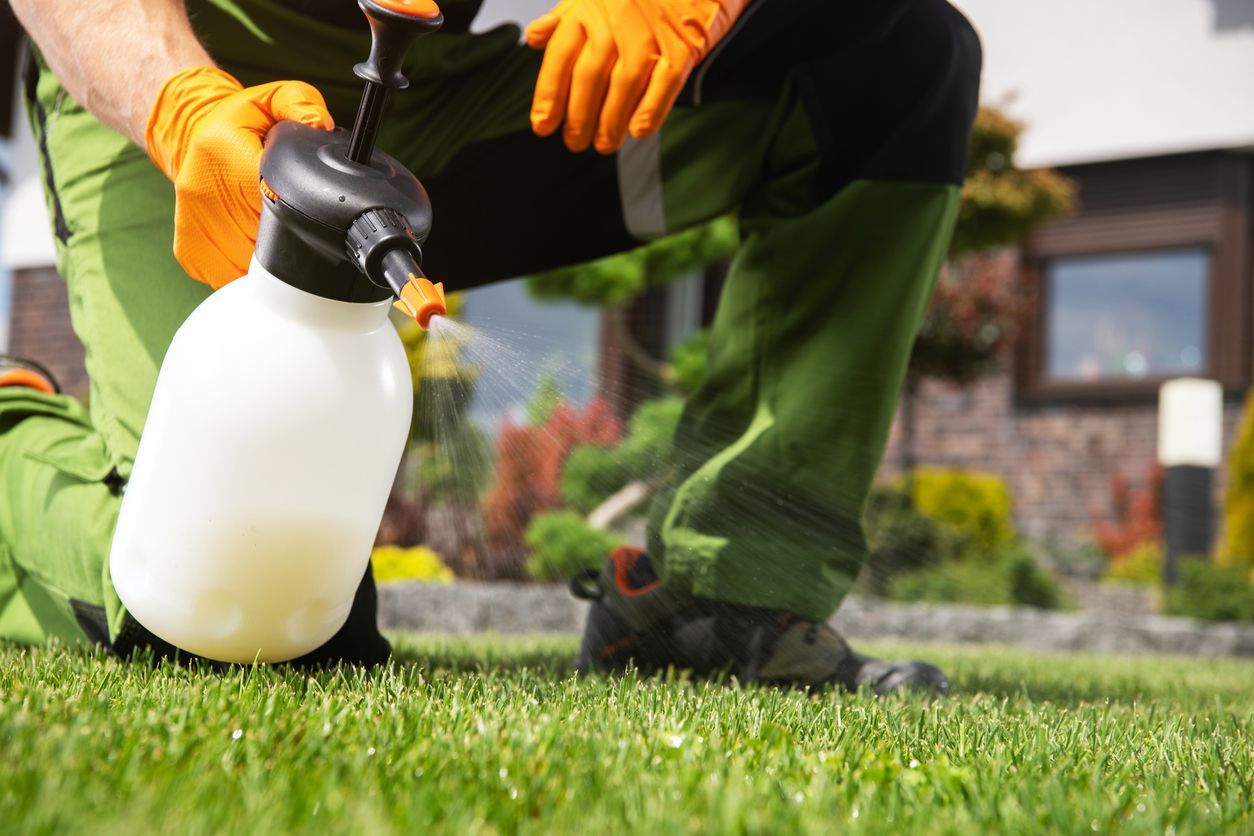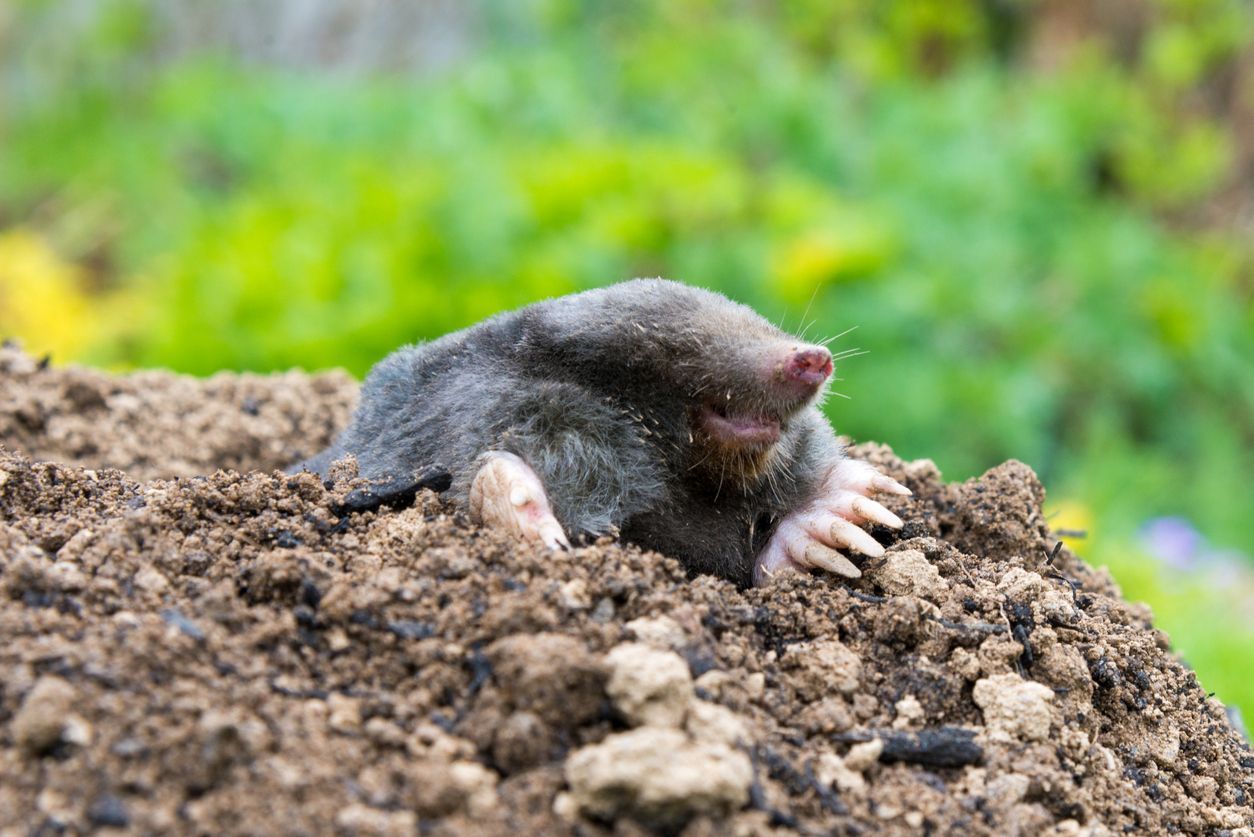The Benefits of Fall Leaf Removal: Why It’s Important for Your Lawn and Property
As the days get shorter and the air grows crisper, the vibrant colors of fall foliage provide a beautiful backdrop to the season. While those colorful leaves may look picturesque on the trees, once they begin to fall, they can quickly become a challenge for homeowners. But did you know that fall leaf removal isn’t just about keeping your yard tidy? It’s an important part of maintaining a healthy lawn and property.
In this blog post, we’ll explore the key benefits of leaf removal and why it should be a priority for homeowners as the seasons change.
Prevent Lawn Damage and Mold Growth
A thick layer of fallen leaves can create a dense mat over your lawn. This layer traps moisture and prevents sunlight from reaching the grass. When left too long, it can suffocate the grass underneath, causing it to weaken and die.
Moreover, moisture trapped by the leaves creates an ideal environment for fungal diseases, like mold and mildew, to thrive. These fungi can damage your lawn, causing unsightly brown patches or even long-term damage if left unchecked.
By removing the leaves promptly, you help ensure that your lawn has access to the light and air it needs to stay healthy through the fall and winter months.
Encourage Healthy Grass Growth in Spring
The benefits of leaf removal don’t just end with the fall. Clearing the leaves now helps your grass breathe and strengthen its root system, which will give it a better chance to recover and grow in the spring. If you leave the leaves to decompose over the winter, they could hinder the early growth of your grass, leaving you with a less vibrant and uneven lawn come springtime.
By proactively removing the leaves, you’re setting your lawn up for success when the warmer months return, ensuring lush green grass rather than patchy or weak growth.
Reduce Risk of Pests
When leaves pile up and remain in place for an extended period, they provide shelter for various pests. Insects like mosquitoes, ticks, and even small rodents may nest in the thick layers of fallen leaves, which can lead to an infestation. Some of these pests, like ticks, can even pose health risks, as they can carry diseases such as Lyme disease.
Regular leaf removal can help reduce these hiding spots, making your yard less hospitable for unwanted pests and promoting a healthier environment for your family.
Improve Curb Appeal
It’s no secret that a well-maintained lawn contributes to the overall appearance of your property. Piles of leaves scattered across your yard can make your home look unkempt, even if the rest of your landscape is pristine. For those homeowners looking to maintain or improve curb appeal, regular leaf removal is an easy and effective way to keep your yard looking neat and inviting.
Plus, if you plan to sell your home in the near future, a clean, well-kept lawn can make a positive first impression and potentially add value to your property.
Prevent Lawn Compaction
Leaves, especially when wet, can become quite heavy. When left in place, they can create an extra layer of weight on your lawn, potentially compacting the soil underneath. Soil compaction can restrict water drainage and air circulation, which harms the roots of your grass and plants.
By removing the leaves, you’re helping prevent unnecessary compaction and ensuring that your soil remains healthy and fertile for optimal plant growth.
Make Leaf Mulch for Your Garden
While removing leaves might seem wasteful, you can actually put them to good use in your garden. Shredded leaves make excellent mulch, which can help retain moisture in the soil, suppress weeds, and provide nutrients as they break down. This is an eco-friendly way to recycle the fallen leaves from your yard while benefiting your plants.
To create leaf mulch, you can use a mulching mower or shred the leaves with a leaf blower or rake before spreading them around your garden beds. Just be sure to keep the layer thin—too much mulch can suffocate plants.
Promote Safe Walkways
Fallen leaves can become slippery, especially when wet, which poses a safety hazard for anyone walking on your property. Whether you have kids running around or visitors coming over, piles of leaves can lead to slips and falls. By removing leaves from driveways, walkways, and entryways, you help maintain a safe environment for everyone.
Contribute to the Environment
While leaf removal can seem like a chore, it can also be part of a broader strategy to improve your yard's environmental health. When leaves are left to decompose naturally, they can contribute to soil erosion, especially if you live on a sloped property. By removing the leaves, you can prevent soil from washing away during heavy rains, which is essential for maintaining the integrity of your landscape.
Additionally, shredding and composting leaves is an excellent way to recycle organic material, reducing the amount of waste that ends up in landfills.
Conclusion
Fall leaf removal is about more than just keeping your yard neat—it's an essential practice for promoting the health of your lawn, enhancing the safety of your property, and supporting the overall curb appeal of your home. By removing fallen leaves, you reduce the risk of lawn damage, mold growth, pests, and even soil compaction, while preparing your yard for a vibrant spring. Whether you choose to compost, mulch, or simply bag the leaves, this fall task is well worth the effort and will pay off in a healthier, more attractive landscape year-round.
So, as the leaves begin to fall, remember that leaf removal isn’t just a seasonal task—it’s a smart, proactive way to care for your property.
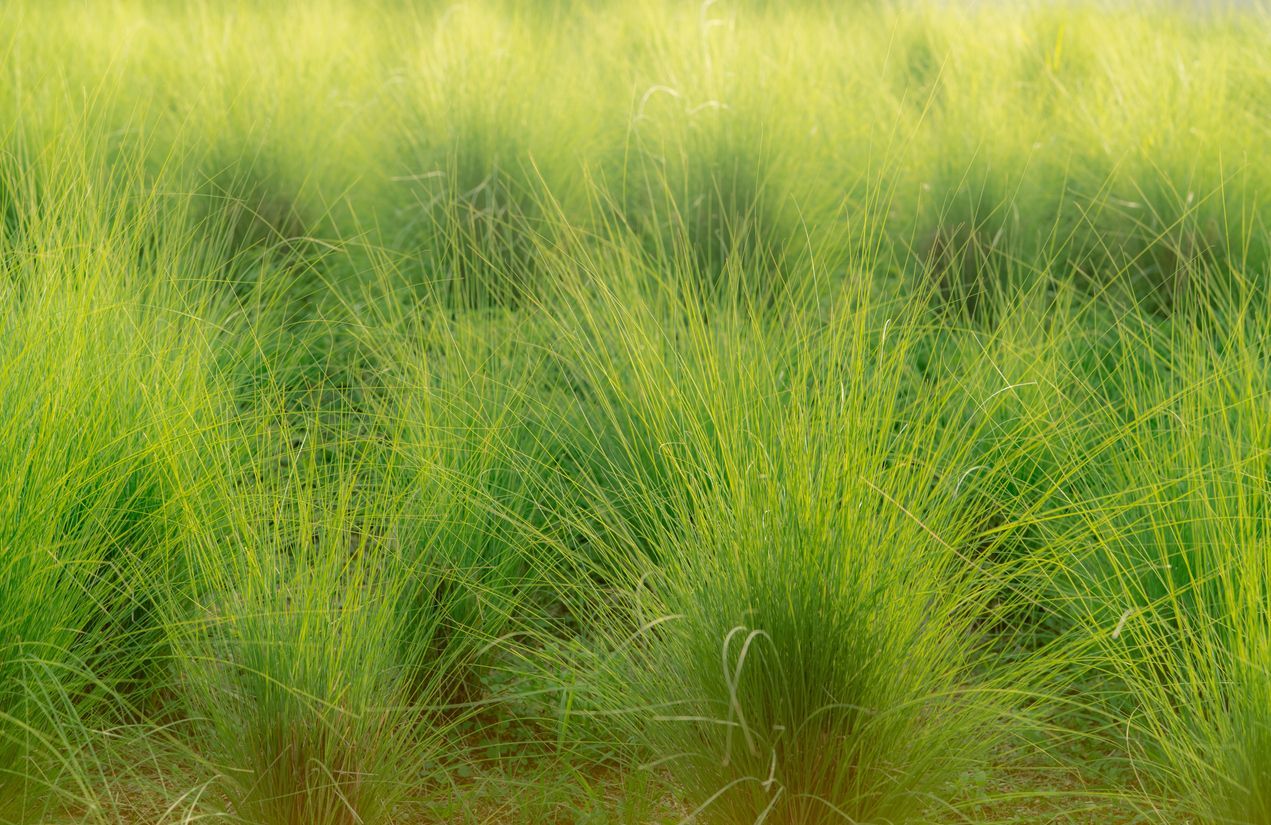
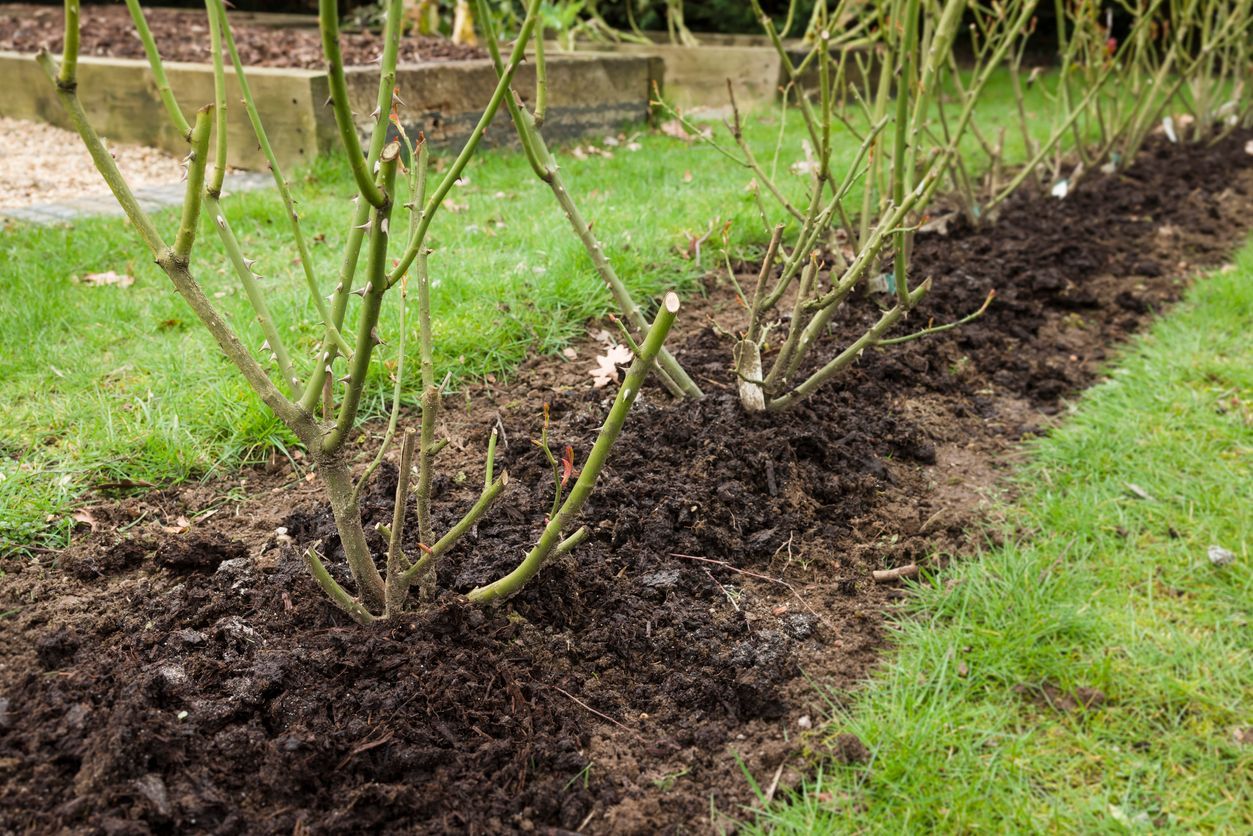




Business Hours
- Mon - Fri
- -
- Saturday
- -
- Sunday
- Closed
All Rights Reserved | Jarmon Lawn Care | Powered by Flypaper | Privacy Policy
